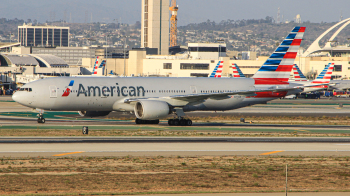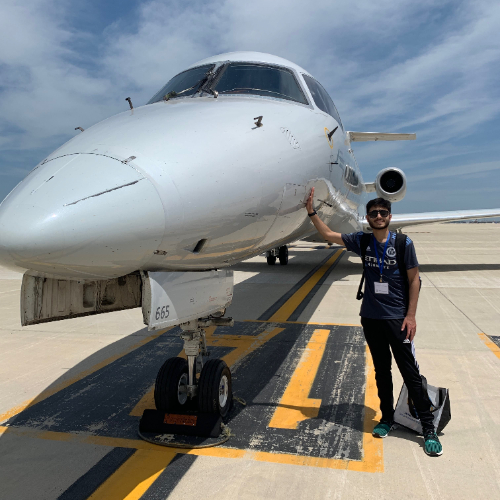Frequent-flyer programs have become commonplace among airlines all over the world. Enrolling in these loyalty programs has many benefits, the most obvious being earning free flights once enough points are accumulated.
While redeeming points for free flights has always been a key feature of airline loyalty programs, such schemes have expanded and evolved tremendously. Customers can now earn points in many more ways and can even redeem these points on services other than flights.
With that being said, let's explore how airline frequent-flyer programs have changed over the years.
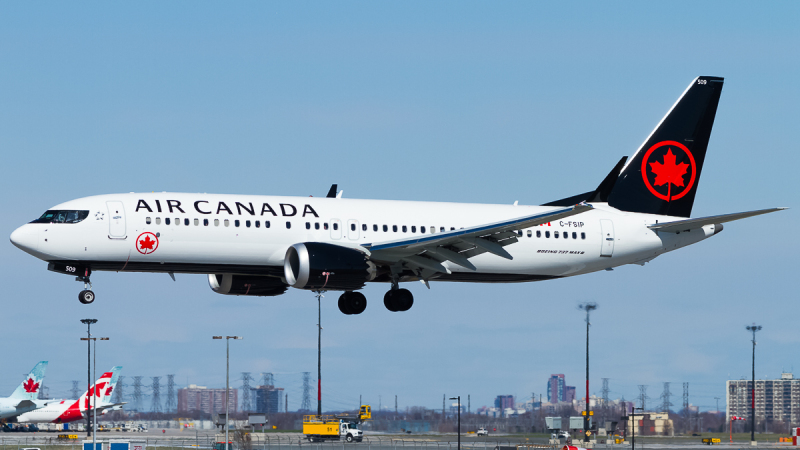
Mileage Programs Explained
Airlines tout frequent-flyer programs and their benefits to entice passengers to give them their business. These programs come with an airline-sponsored credit card that, when used, can accrue frequent flyer points.
Now, the programs have evolved such that members can rack up airline points by purchasing things unrelated to the airline industry.
Airlines have partnered with companies in various industries, such as food or technology. Therefore, even purchasing groceries or everyday items, if purchased from a partner company of a specific airline, can earn you points with that airline's loyalty program.
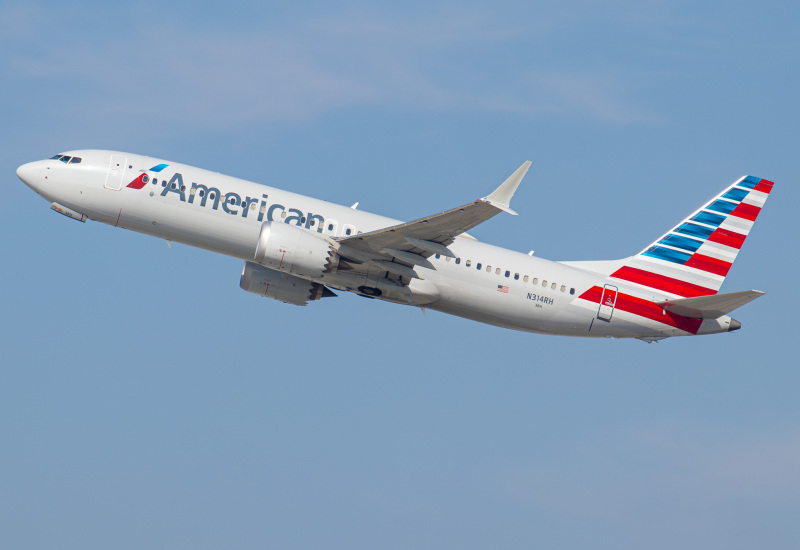
Reverting to the airline industry, airline alliances have made mileage accrual even easier. For example, if you're an American Airlines AAdvantage Program member and took a flight with OneWorld Alliance partner British Airways, you could earn miles from that British Airways flight to count toward your American Airlines miles.
Most airline systems reward travellers with specific points based on the distance travelled. However, some systems are more complex than getting one point per every mile flown. Several European airlines, for example, award a fixed number of points for domestic or intra-European flights regardless of the distance. The point values vary based on the class of travel, but the number is fixed either way.
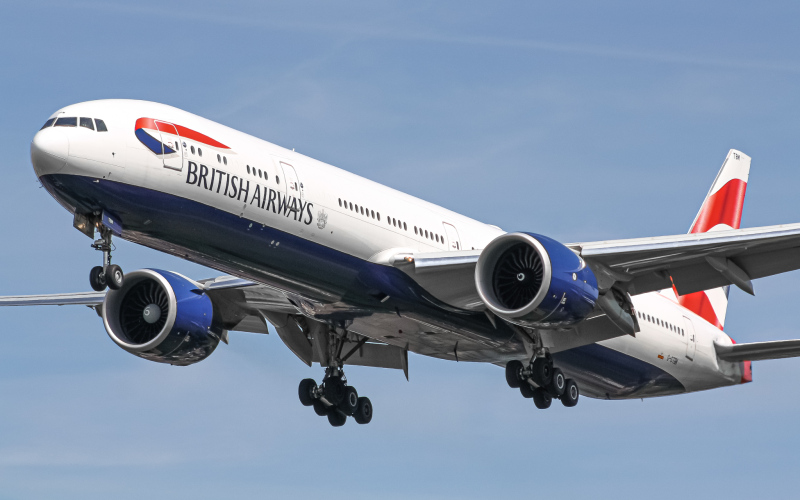
Started in the U.S.
United Airlines had established a program that tracked customers' patronage as far back as the 1950s. The carrier unveiled a new frequent-flyer program in 1972 that Western Direct Marketing created. As a form of reward, members could receive plaques and promotional materials.
However, the first loyalty program based on points was born in 1979 by Texas International Airlines. This program tracked passenger mileage and rewarded members accordingly.
The 1980s represented a true boom in airline loyalty programs, with new ones popping up one after the other. Western Airlines, a U.S.-based airline, created its "Travel Bank" in 1980. This loyalty program was eventually integrated into Delta Air Lines after the Delta-Western merger in 1987.
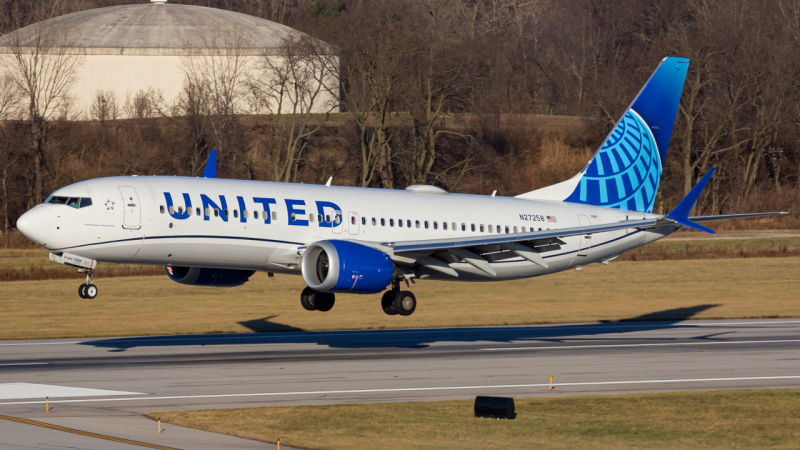
One of the world's most recognizable airline mileage programs, American Airlines' "AAdvantage" program, was established on May 1st, 1981. United Airlines came out with its loyalty program less than a week later. It's this program that is nowadays known as "MileagePlus".
Despite integrating Western's "Travel Bank" following the 1987 merger, Delta Air Lines had already established the "Frequent Flyer" program (yes, that was its official name) in 1981. This same program was renamed "Skymiles" in 1995 and continues to operate under that name.
Alaska Airlines established "Gold Coast Travel", its mileage program, in 1983, later renamed "Mileage Plan" in 1989. Air Canada established its miles program in 1984, now called "Aeroplan".

American low-cost airline Southwest created "The Company Club" in 1987, later renamed "Rapid Rewards" in 1996. Instead of basing the program's model on flying, earning miles, and using those miles toward more flights, Southwest Rapid Rewards did things differently.
Flyers could earn free round-trip tickets after collecting 16 stamps within 24 months. Each stamp was awarded per one-way segment, meaning if you took 16 flights with Southwest within two years, you could earn a free round-trip award.
Earning 100 stamps would award you the Companion Pass, where you could bring anyone designated as your "companion" on any Southwest for a minimal or no cost. The Companion Pass is still in use today.
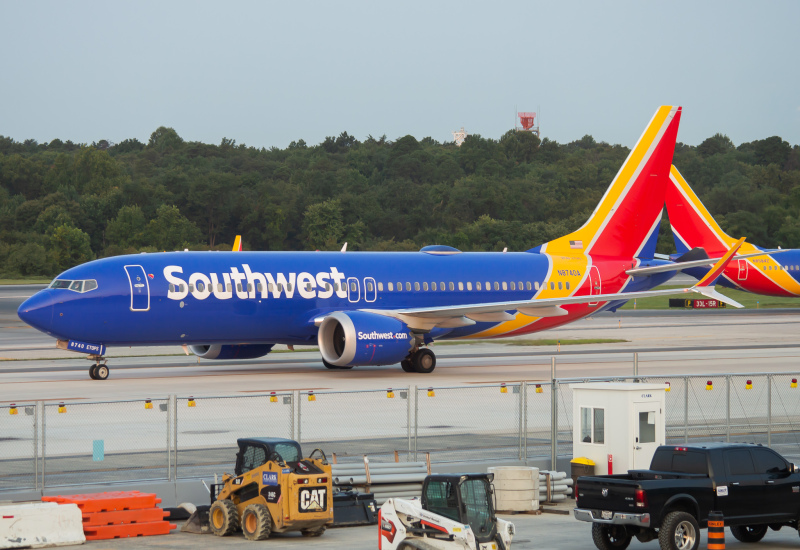
International Expansion
In 1982, American Airlines became the first to establish a mileage program collaboration with an international carrier when it partnered with British Airways. The AAdvantage program allowed members to earn and redeem points on British Airways flights to Europe, which was innovative at the time.
That same year, British Airways unveiled "Executive Club", its loyalty program. Around the same time, United Airlines established similar loyalty program partnerships with Lufthansa and SAS.
The wave of airline frequent-flyer programs continued throughout the 1990s, with carriers like Lufthansa, KLM Royal Dutch Airlines, Air France, Qantas, Korean Air, and Singapore Airlines bringing their programs into the mix.
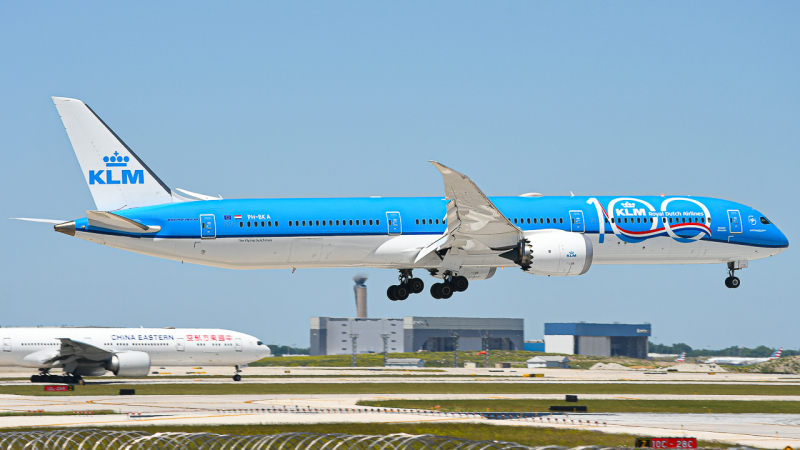
Present-Day Programs
Nowadays, every major airline you can think of has adopted some sort of frequent-flyer program. With so much globalization in the aviation world, it has become much easier to grow your mileage portfolio and increase your status with your preferred airline.
Airlines have expanded their reach so that everyday purchases with other companies can benefit their members, too. So, you could theoretically be a member of an airline in one country but still earn points toward that account in another country. While loyalty programs do come with certain catches and restrictions, that's not to say they are not helpful for the frequent traveller.
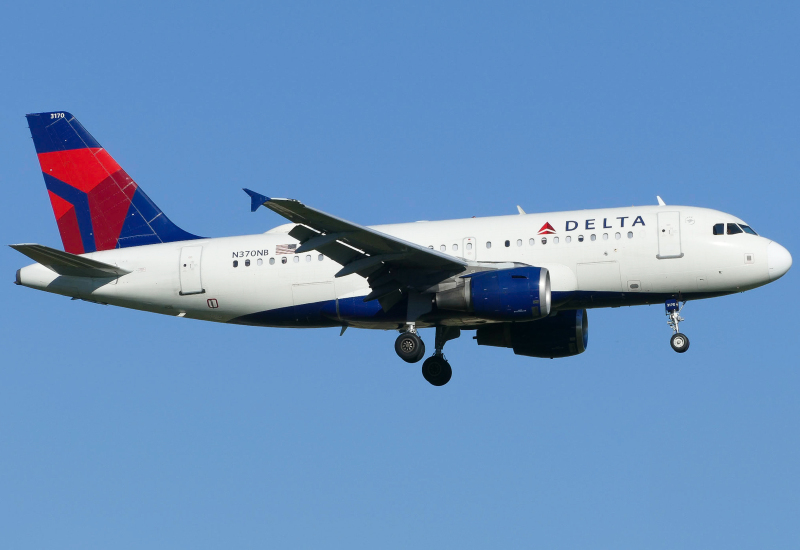
Remember that simply joining an airline loyalty program does not immediately grant amenities like lounge access, priority boarding, and preferred seating. It takes time to build points to reach these perks.
How do you think airline loyalty programs will continue to evolve? Is there any potential for them to do so? Let us know in the comments.
Bomb Threat Cancels Air New Zealand Flight, Delays Passengers » Emirates Dismisses Viral A330 Plane Crash Video as "Fabricated and Untrue" » Thousands of Flights Impacted as Winter Storm Blair Hits U.S. »
Comments (0)
Add Your Comment
SHARE
TAGS
INFORMATIONAL History Loyalty Program Frequent Flyer Program Mileage Program AAdvantage Codeshare MileagePlus Aeroplan Skymiles Rapid RewardsRECENTLY PUBLISHED
 Could You Survive a Plane Crash? The Unlikely Science of Plane Crash Survival
With air travel consistently being heralded as the safest form of public transport, most of us do not board a plane pondering our chances of survival in the event of a crash. But, is it possible to survive one?
INFORMATIONAL
READ MORE »
Could You Survive a Plane Crash? The Unlikely Science of Plane Crash Survival
With air travel consistently being heralded as the safest form of public transport, most of us do not board a plane pondering our chances of survival in the event of a crash. But, is it possible to survive one?
INFORMATIONAL
READ MORE »
 Maldivian Airlines Introduces First-Ever Widebody Aircraft, Plans New China Flights
Maldivian, the government-owned national airline of the Maldives, has just welcomed its first-ever wide body aircraft: the Airbus A330-200. With the new aircraft, the carrier also plans brand-new long haul international flights to China.
NEWS
READ MORE »
Maldivian Airlines Introduces First-Ever Widebody Aircraft, Plans New China Flights
Maldivian, the government-owned national airline of the Maldives, has just welcomed its first-ever wide body aircraft: the Airbus A330-200. With the new aircraft, the carrier also plans brand-new long haul international flights to China.
NEWS
READ MORE »
 Thousands of Flights Impacted as Winter Storm Blair Hits U.S.
Winter Storm Blair has unleashed a huge blast of snow, ice, and freezing temperatures across the Central and Eastern United States.
As of Sunday afternoon, over 6,700 flights and counting have been disrupted. This includes cancelations and significant delays leaving passengers scrambling to change flights and adjust travel plans.
NEWS
READ MORE »
Thousands of Flights Impacted as Winter Storm Blair Hits U.S.
Winter Storm Blair has unleashed a huge blast of snow, ice, and freezing temperatures across the Central and Eastern United States.
As of Sunday afternoon, over 6,700 flights and counting have been disrupted. This includes cancelations and significant delays leaving passengers scrambling to change flights and adjust travel plans.
NEWS
READ MORE »



